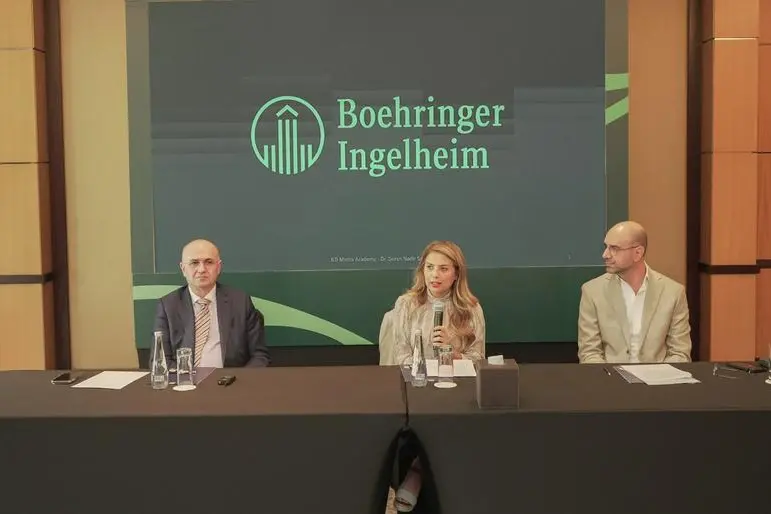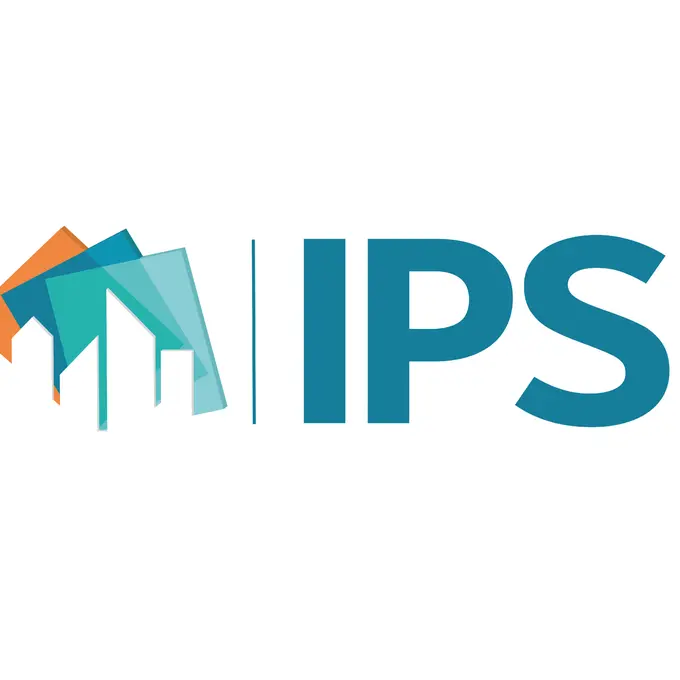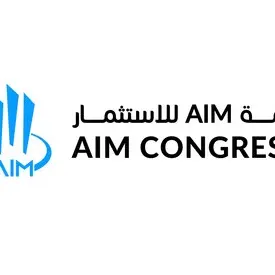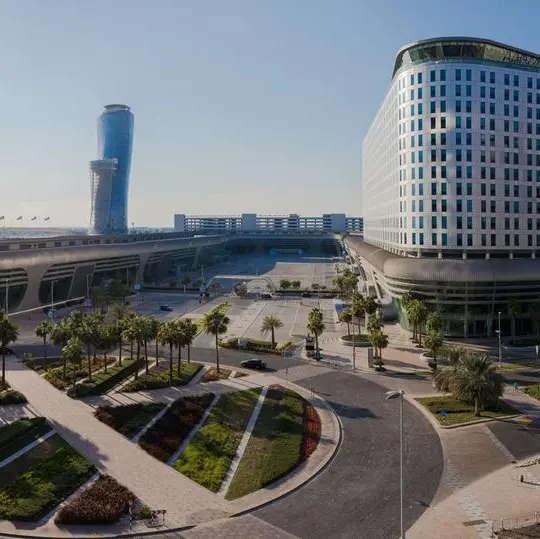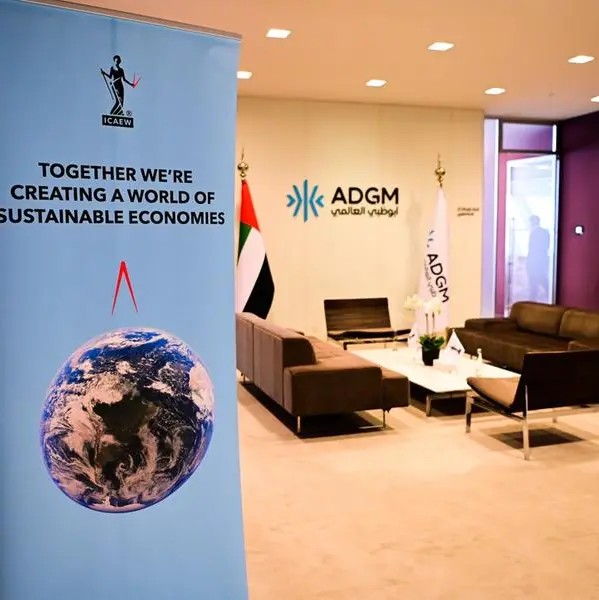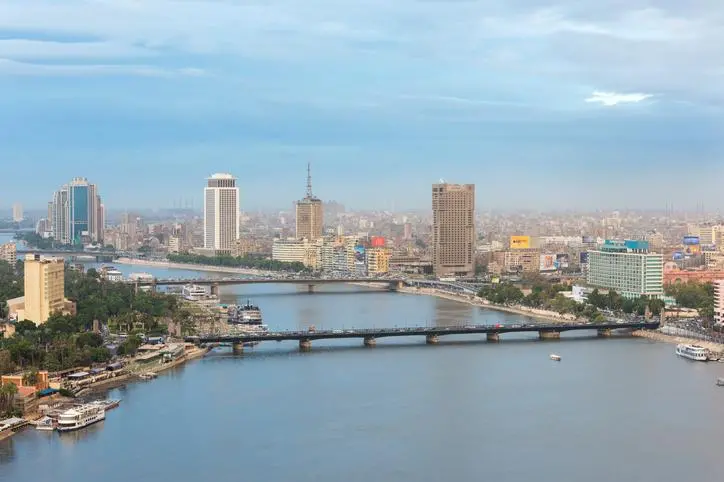PHOTO
Interstitial Lung Disease Summit 2024. Image Courtesy: Boehringer Ingelheim
- Hosted by Boehringer Ingelheim, the Interstitial Lung Disease Summit (ILD) summit brought together pulmonologists, rheumatologists and radiologists from across the Middle East and Africa
- The summit discussed the latest treatment guidelines for ILD, a debilitating condition characterized by inflammation and scarring within the lungs, which vastly impacts quality of life
- The ILD Summit is accredited by the American Association of Continuing Medical Education (ACCME) and the British Academy of Continuous Medical Education (BACME)
Dubai, United Arab Emirates – The Interstitial Lung Disease (ILD) Summit, hosted by Boehringer Ingelheim, brought together more than 140 healthcare professionals from the Middle East and Africa to showcase the latest scientific developments in the treatment and management of respiratory conditions such as Idiopathic Pulmonary Fibrosis (IPF), Progressive Fibrosing Interstitial Lung Disease (PF-ILD) and Systemic Sclerosis-associated Interstitial Lung Disease (SSc-ILD).
The fourth edition of the ILD Summit, accredited by the American Association of Continuing Medical Education (ACCME) and the British Academy of Continuous Medical Education (BACME), took place on 22 and 23 November in Conrad, Dubai, UAE.
Ousama AlHaj, General Manager and Head of Human Pharma for UAE and Near East region, said, “Early diagnosis and intervention are crucial for improving the prognosis of individuals living with ILDs, and multidisciplinary coordination among healthcare providers is essential. By gathering experts in the field of ILD, we gain valuable insights from various disciplines and learn about their clinical experiences, facilitating the exchange of best practices among healthcare professionals. The summit aims to provide a platform for driving discussions around the latest scientific guidelines and addressing the challenges associated with the diagnosis, follow-ups, and prognosis of ILDs. Ultimately, this can significantly benefit patients in the region."
ILDs are a group of diseases that over time cause a build-up of scar tissue in the lungs, known as pulmonary fibrosis, making it difficult to breathe and in turn reducing the amount of oxygen that gets into the bloodstream[1]. People living with these conditions typically experience deteriorating lung function, resulting in a reduction in their quality of life[2]. While there is no cure for ILD, antifibrotics can help slow the progression of lung damage and make a difference – but early diagnosis is critical[3]. If left untreated, the condition can lead to life-threatening complications, including high blood pressure and heart or respiratory failure[4].
During the summit, attendees participated in in-depth discussions on the diagnosis, management, and treatment of ILDs. Workshops covered topics such as High-Resolution Computed Tomography (HRCT) interpretations and the challenges of diagnosing pulmonary fibrosis in ILDs like Idiopathic Pulmonary Fibrosis (IPF), Progressive Fibrosis (PF), and Systemic Sclerosis-associated ILD (SSc-ILD). Experts also presented real-life case studies to highlight best practices and discussed how ILDs can co-occur with other chronic conditions, emphasizing the need for a multidisciplinary approach to treatment.
"What stood out most about the ILD summit was the opportunity to collaborate with experts from across the region,” said Dr. Goran Nadir Salih, Senior Consultant in Pulmonary, sleep and Internal Medicine, Rashid Hospital and Director of Interventional Pulmonology and ILD Clinics. This collaboration is significant in ensuring we have a unified, optimal approach to ILD management. Having a dedicated platform to exchange ideas, discuss case studies, and share best practices is crucial in advancing our understanding of ILD management. It’s through these kinds of collaborative efforts that we can make real progress in improving our patient outcomes. The summit fostered an environment where we could learn from each other’s experiences and apply those insights to push the boundaries of ILD management."
Boehringer Ingelheim is actively engaged in research and development to improve the lives of patients affected by ILDs. This includes conducting extensive studies on the underlying mechanisms of ILDs and developing antifibrotic medications. The company organizes medical events and summits to share the latest findings with healthcare professionals and educational initiatives to improve public awareness. As part of this commitment, Boehringer Ingelheim has developed an educational website called Life With Pulmonary Fibrosis, available in both English and Arabic providing patients with information about their condition and offering ways to enhance their mental and physical well-being.
On the sidelines of the ILD Summit, Boehringer Ingelheim also hosted the ILD Media Academy on November 21, in Dubai, to enhance the reporting of the condition in media and raise awareness of the illness among UAE media and the general public. The media event provided direct access to leading experts and the latest research on pulmonary fibrosis highlighting recent developments, challenges, and treatments related to this condition.
About Boehringer Ingelheim
Boehringer Ingelheim is working on breakthrough therapies that transform lives, today and for generations to come. As a leading research-driven biopharmaceutical company, the company creates value through innovation in areas of high unmet medical need. Founded in 1885 and family-owned ever since, Boehringer Ingelheim takes a long-term, sustainable perspective. More than 53,000 employees serve over 130 markets in the two business units Human Pharma and Animal Health. Learn more at www.boehringer-ingelheim.com
About the IMETA Interstitial Lung Disease (ILD) Summit 2024
The ILD summit will focus on different types of ILDs – Idiopathic Pulmonary Fibrosis (IPF) – a rare, debilitating, and lifelong disease in which the lungs become scarred and thickened, making it increasingly difficult for patients to breathe, with no known cause, Systemic Sclerosis (Ssc) – ILD, which is a disfiguring, disabling and potentially fatal rare disease that causes scarring of the lungs (SSc-ILD), and Progressive Fibrosing ILD (PF-ILD), a disease behavior observed in some patients across different ILDs, of which IPF is the most typical example.
For more information, please contact:
Sayali Kavalekar
Manager, Human Pharma Communications, Corporate Affairs,
India, Middle East, Turkey, and Africa (IMETA)
Boehringer Ingelheim
Email: sayali.kavalekar@boehringer-ingelheim.com
[1] https://www.lung.org/lung-health-diseases/lung-disease-lookup/interstitial-lung-disease#:~:text=Many%20things%20can%20increase%20the,as%20asbestosis%20and%20hypersensitivity%20pneumonitis.
[2] https://www.pulmonaryfibrosis360.com/nurses/impact-of-PF/impacts-of-PF
[3] https://specialty.mims.com/topic/hint-of-benefit-with-antifibrotic-treatment-seen-for-interstitial-lung-disease
[4] https://pulmonaryfibrosisnews.com/news/untreated-ipf-linked-50-percent-mortality-rate-3-years/
